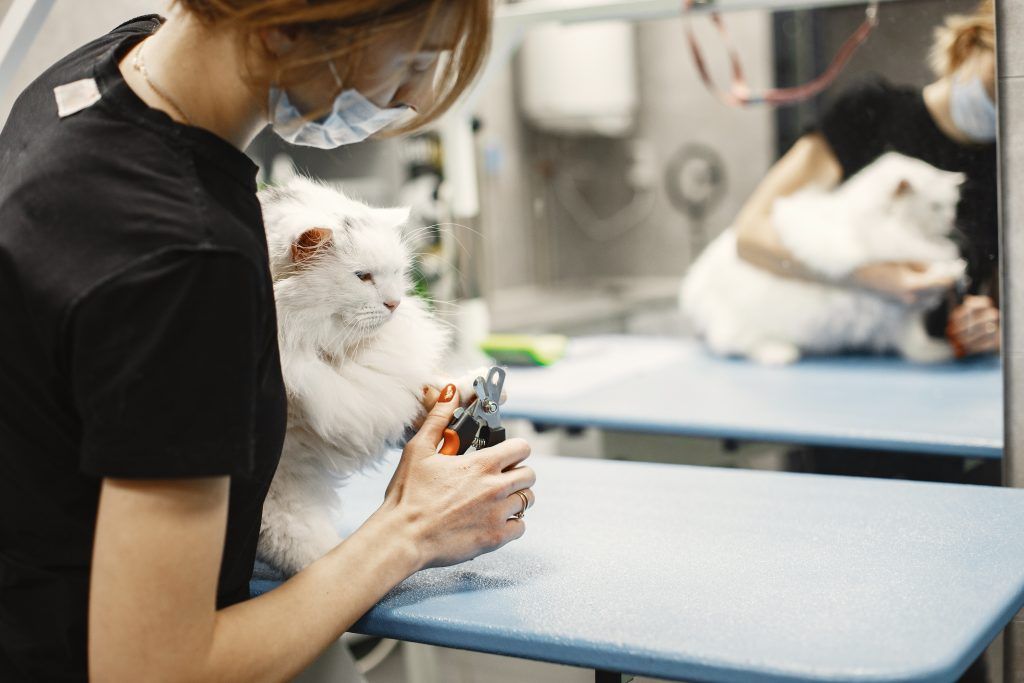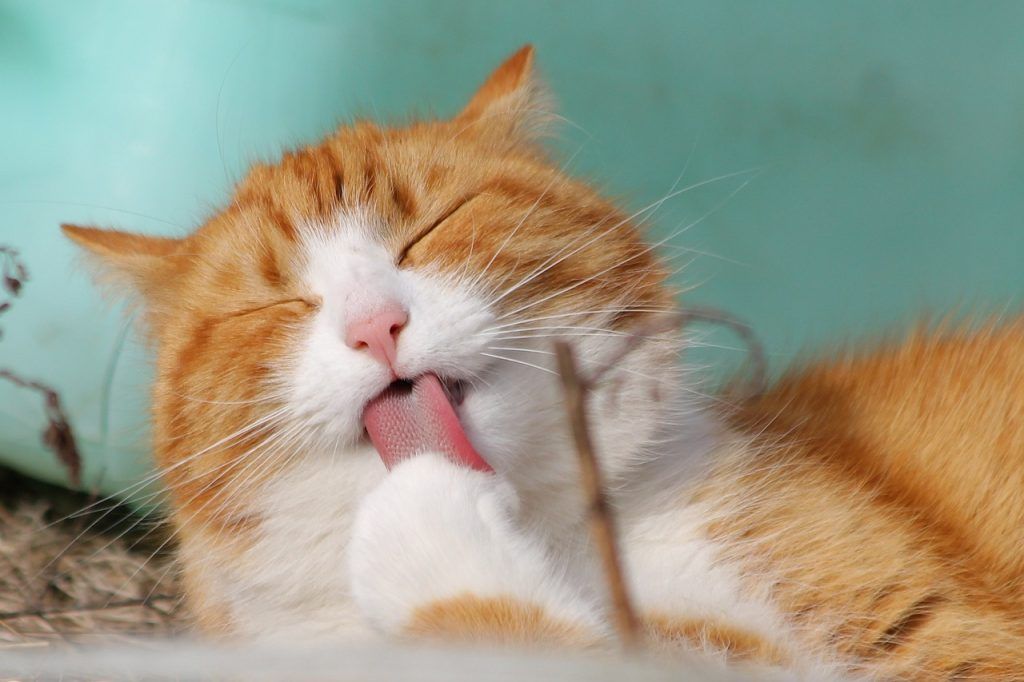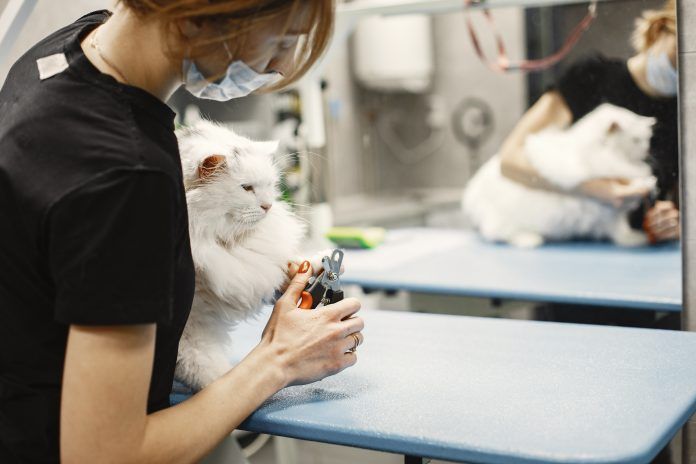Establishing proper veterinary care early on and maintaining regular vet visits throughout your cat’s life is essential for protecting their health, detecting problems, and preventing disease. This guide provides extensive information on ideal visit frequency for cats at all life stages, recognizing emergencies, preventive medicine, financial planning, managing vet visit stress, strengthening the vet-owner relationship, and addressing common misconceptions.
1. Introduction to Cat Health Care
Consistent veterinary oversight provides immense benefits for your cat’s wellbeing and longevity.

Highlight the Importance of Regular Veterinary Care
More than just treating active illness, regular vet consultations allow early diagnosis and management of medical conditions before they progress and become advanced, painful or life-threatening. Routine visits also establish your cat’s baseline normal vital signs, lab work values, behavior, and health status in the medical record for easy comparison over their life if concerns arise.
Set the Context for the Frequency of Vet Visits
The “ideal” frequency and schedule for veterinary exams and consultations can vary substantially based on your cat’s specific age, current health status, breed risk factors, medical needs, lifestyle and environment. Later sections will explore general recommendations and considerations for tailoring visit frequency.
2. Kitten Stage (0-6 Months)
Kittens have very specialized veterinary needs during the first 6 months of rapid growth and development.
Discuss the Initial Vet Visit for Vaccinations and Health Assessment
All kittens should have an initial veterinary visit scheduled around 8-12 weeks of age. This first visit allows your vet to perform a nose-to-tail physical examination, discuss preventive care such as deworming, flea control, and ID options, run baseline lab tests, and administer core vaccines for panleukopenia, herpesvirus, calicivirus, and rabies. Testing also screens for congenital issues like heart defects.
Address the Need for Deworming and Preventive Care
Young kittens require deworming at 2, 4, 6, and 8 weeks of age to eliminate intestinal parasites contracted from the mother early on. Your veterinarian will advise you on the appropriate products and schedule. Also discuss important preventives like monthly flea and tick control with your vet based on your cat’s individual risks. Spaying or neutering can occur safely from around 6 months of age onward – talk to your vet about the ideal timing.
3. Adolescent Cats (7-12 Months)
The adolescent phase from 7-12 months involves transitioning your kitten into routine adult wellness care while completing protection with core vaccines, spay/neuter surgery, and identification microchipping.
Explain the Transition to Adult Care Routines
After the series of initial kitten examinations are complete and vaccine boosters given around 4 months old, your cat is ready to transition into the adult care schedule. For most healthy cats, this involves annual veterinary wellness exams starting from 12 months of age onward, along with scheduling spay/neuter procedures if not already done.
Highlight the Importance of Spaying/Neutering and Microchipping
All cats that are not intended for responsible ethical breeding should be spayed or neutered between 6-12 months old in order to prevent unwanted litters and reduce the risks of reproductive cancers later in life. Declawing should never be performed. Your vet can advise you on ideal timing for your cat’s procedure. Also ensure your cat is microchipped during this adolescent phase for permanent identification and registration in case they become lost.
4. Adult Cat Care (1-7 Years)
For adult cats, yearly veterinary checkups provide an important opportunity to maintain optimal health through comprehensive exams, diagnostic testing, and preventive care consultations.
Discuss the General Guideline of Annual Vet Visits
The standard recommendation for healthy adult cats is to have a full nose-to-tail physical examination along with routine wellness testing at least once yearly. This includes re-administering core vaccines like rabies, running baseline bloodwork and urinalysis, assessing oral health with a dental check, and performing a thorough parasite screening.
Emphasize the Role of Vaccinations, Dental Care, and Nutrition
Core vaccines are generally boosted on an annual schedule to maintain immunity. Dental health should be evaluated yearly through either at-home inspections or professional cleanings. Your vet can review your cat’s diet, body condition and weight trends annually as well to ensure their nutritional needs are met.

5. Senior Cats (8+ Years)
As cats reach senior status at 8+ years old, biannual veterinary visits often become advisable for more frequent monitoring, since they are at increased risk for many age-related diseases.
Introduce the Concept of Biannual Vet Visits for Older Cats
For senior cats, wellness examinations every 6 months are generally recommended rather than annual exams. This allows closer monitoring of any changes that could indicate disease onset. Prompt diagnosis and treatment greatly benefit senior cats.
Discuss Common Age-Related Health Issues and Their Management
Chronic conditions like kidney disease, hyperthyroidism, arthritis, dental disease, diabetes, cancer and cognitive dysfunction become much more prevalent in older cats. Biannual senior wellness testing enables early detection and tailored management of emerging issues to maintain the best quality of life.
6. Signs That Require Immediate Vet Attention
While sticking to a routine wellness visit schedule is important, also watch closely for any concerning signs of illness or injury between scheduled vet exams, which require prompt emergency or urgent care.
Outline Red Flags for Health Emergencies
Seek same-day veterinary attention if your cat is exhibiting signs such as difficulty breathing, unconsciousness, seizures, profuse bleeding from a wound, vomiting blood, poisoning, traumatic injuries, extreme lethargy or weakness that prevents standing, or crying/whining from pain.
Educate on When to Seek Urgent Veterinary Care
Contact your regular veterinarian, emergency animal hospital, or 24-hour emergency vet clinic right away if your cat develops any alarming symptoms for rapid evaluation, diagnostics and treatment. Quick action can be life-saving.
7. Importance of Preventive Medicine
A major aspect of regular examinations is establishing an individualized preventive medicine protocol for your cat in collaboration with your veterinary team.
Explain the Role of Regular Vet Visits in Preventive Care
Annual or biannual wellness exams provide the opportunity to design a tailored preventive care plan for your cat focusing on parasite control, appropriate vaccine schedules, dental health, nutrition, and early screening tests to optimize overall health and longevity.
Discuss Topics Like Flea Control, Heartworm Prevention, and Parasite Management
Based on your individual cat’s lifestyle and disease risks, your vet will advise you on the appropriate products and schedule for flea and tick control, heartworm prevention if living in an endemic area, deworming for common intestinal parasites, and fecal testing to screen for parasitic infections.
8. Tailoring Vet Visits to Individual Cats
While generalized guidelines provide a helpful starting framework, your individual cat’s needs and risk factors should ultimately guide what is the ideal veterinary visit schedule.
Discuss How Factors Like Breed, Lifestyle, and Health History Influence Frequency
Take into consideration your cat’s age, breed risk factors, current medical conditions, medication needs, indoor versus outdoor lifestyle, multi-cat home status, and stress level when collaboratively developing an optimal veterinary exam frequency schedule with your vet.
Provide Guidance on Customizing a Vet Visit Schedule
For example, senior cats, cats taking long-term medications, strictly indoor vs. outdoor cats, and multi-cat households may require more or less frequent veterinary oversight. Have an open discussion with your vet about tailoring visit frequency to your cat’s unique needs.
9. Creating a Vet Visit Schedule
Use your veterinarian’s personalized recommendations to proactively map out a tentative exam and testing schedule optimized for your cat over their current life stage.
Summarize the Recommended Frequency of Vet Visits for Different Life Stages
As a general guideline:
- Kittens need visits every 3-4 weeks until 16 weeks old for vaccines and deworming
- Adolescent Cats need annual exams from 12 months old onward
- Healthy Adult Cats need annual wellness exams
- Senior Cats need exams every 6 months for closer monitoring
Offer a Sample Schedule as a Practical Reference
For example: Kitten visits could occur at 8, 12, 16, and 20 weeks old, with the first adult exam at 1 year old. Then a yearly exam until approximately age 7, followed by biannual senior care. Adjust schedule up or down in frequency as needed under your veterinarian’s guidance based on your cat’s health.
10. Overcoming Fear and Anxiety
Veterinary visits can be very stressful for some cats. Use these tips to make the experience less frightening for your feline companion.
Address Common Fears and Anxieties Associated with Vet Visits
The travel, car ride, veterinary office smells, restraint for exams, and handling by strangers often provokes anxiety. Common signs of vet visit stress include vocalizing, hiding, lack of appetite, aggression, urinary issues, or overgrooming.
Provide Tips for Making Vet Trips Less Stressful for Cats
Use synthetic feline pheromone sprays in carriers and exam rooms, bring along favorite toys or blankets from home, request handling accommodations like exams on the floor, provide high-value treats, and utilize calming supplements if prescribed. Work closely with your vet to make visits more comfortable.
11. Building a Strong Vet-Patient Relationship
Actively cultivating an excellent relationship between your cat and the veterinary team positively impacts the quality of care.
Emphasize the Role of Communication Between Cat Owners and Veterinarians
Openly discuss your cat’s unique temperament, behavioral tendencies, comprehensive medical history, any changes you’ve observed since the last visit, questions or concerns related to their health, and care priorities with your veterinarian so they can best advise you. Maintain continual transparent dialogue.
Discuss How Trust and Rapport Enhance Overall Cat Care
The more positive association your cat develops with the clinic staff through gentle, anxiety-free handling and minimal restraint, the less stressed they will feel during future exams and procedures. This enables better visit experiences along with your vet obtaining more accurate samples and assessments.
12. Financial Considerations
Budgeting adequately for preventive and emergency care expenses is essential. Discuss cost considerations and money-saving strategies openly with your veterinarian.
Talk About Budgeting for Regular Vet Visits and Unexpected Medical Costs
Anticipate costs for annual/biannual exams, vaccines, tests, dental cleanings and medications in your pet budget. Also have an emergency fund available for unexpected illnesses or injuries. Explore payment plans if needed.
Offer Suggestions for Pet Insurance and Alternative Funding Options
Pet insurance can provide peace of mind by defraying substantial unexpected costs. CareCredit healthcare financing helps cover larger expenses. Also look into local low-cost vet clinics if necessary to work within budgetary limitations.
13. Telemedicine and Remote Consultations
Today, telehealth provides convenient alternatives to in-person care for some veterinary services.
Introduce the Concept of Virtual Vet Visits
Many veterinary clinics now offer telemedicine consultations, health assessments, prescription refills, lab result reviews and second opinion services via video chat, phone and secure messaging for established patients.
Discuss Situations Where Remote Consultations Are Appropriate
Virtual vet visits can effectively address minor illnesses, review diagnostic results, provide general advice if an office visit isn’t possible, obtain medication refills, and help determine if an in-person exam is warranted. However, they cannot replace hands-on examinations or diagnostics when clearly needed.
14. Addressing Common Myths
Let’s debunk some stubborn misconceptions about cat health and vet visits:
Debunk Misconceptions About Vet Visits and Cat Health Care
Common myths include: indoor cats don’t require vet care; vaccines frequently cause illness in cats; and cats are good at hiding illness so exams are unnecessary.
Provide Evidence-Based Information to Counter Myths
In truth, indoor cats still need routine vet care for early disease detection. Core veterinary vaccines are extensively tested for safety, essential for protection, and save millions of cats’ lives. While adept at masking sickness, this makes exams critically important for identifying issues early when prognosis is best.
Summary
To recap, maintaining regular veterinary wellness exams and care tailored to your individual cat’s age, health status, and needs is vital for protecting their wellbeing and longevity. Remain vigilant for signs of illness between scheduled visits. Build a collaborative relationship with your vet. With proactive care, your cat friend can enjoy their best possible quality of life.

